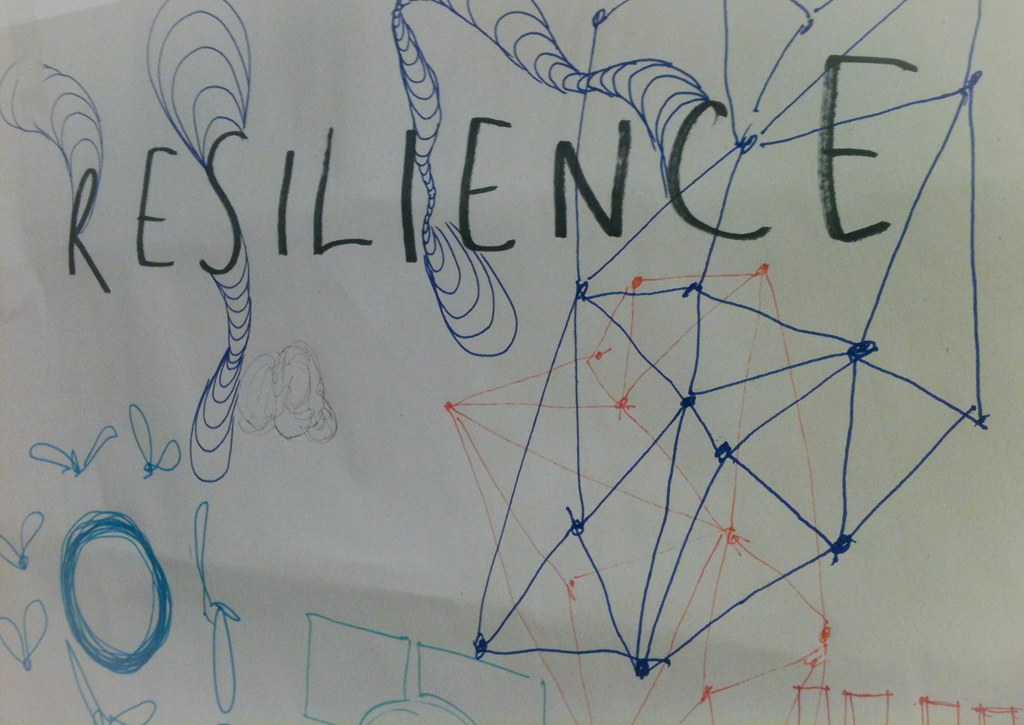
“We’re doing the same but just online”—a colleague said to me in a discussion about the COVID-19 pandemic and the challenges that we have encountered as lecturers. As we agreed that most of us were carrying out what Hodges et al. (2020) would refer to as emergency remote teaching (ERT)—adapting and teaching courses that were not originally designed as online learning—our discussion moved on to the topic of endurance after a long year of remote teaching (Malmö University moved to online teaching in March 2020). Reflecting about my own context, the Department of Urban Studies, I realized that we—teachers, students, researchers, and administrative staff—have shown digital resilience. A term from ecology which refers to the ability of a system to “absorb change and disturbance” while maintaining its integrity, resilience has been reformulated by Weller and Anderson (2013) to think metaphorically about the relationship between digital scholarship and higher education. According to the authors,
In terms of higher education practice then, resilience is about utilising technology to change practices where this is desirable, but to retain the underlying function and identity that the existing practices represent, if they are still deemed to be necessary.
(Weller and Anderson, 2013, my emphasis)
The resilience perspective allows us to think not only about a flow of change while keeping an essence, but also about the underlying characteristics of a system that need to be monitored: latitude (i.e., the maximum amount of change that a system can take); resistance (i.e., how much a system is ‘willing’ to change); precariousness (i.e., how close a system is running to its limit); and panarchy (i.e., the influence of external forces on a system). Analyzing the current challenges through this lens we can see that COVID-19 has, of course, been a force of panarchy in our educational “system.” The fact that classes have continued uninterrupted in a digital environment shows that our resistance to change has been low. However, what remain unknown are the issues of precariousness and latitude. How close are we to reaching our limit? How much can we change without losing our “underlying function and identity”?
As we plan for an uncertain fall where we hope for a combination of digital teaching and on-campus activities (see MAU’s policy), it will become important to assess the “system” not only in terms of endurance but also in terms of health (collegial and individual). If we think about the change-balance-integrity trio needed to achieve digital resilience, I can imagine questions such as: what worked during our online learning experience and should be kept? What should be recovered from the pre-pandemic period? What hindered our ability to successfully engage with students? (Based on a definition of “success” from different stakeholder perspectives). What type of extra resources are needed to support burned out teachers and help students that might have lagged behind during the pandemic? We can’t simply stop our emergency remote teaching (ERT) without an evaluation argue Hodges et al. (2020) (see their article for an evaluation model that higher education institutions can carry out). As we recover from this period, and perhaps even prepare for the next emergency, digital resilience will continue to be a necessary quality to foster in higher education settings.
References
- Hodges C, Moore S, Lockee B, et al. (2020) Remote Teaching and Online Learning. Educause Review: 1–15. Available at: https://er.educause.edu/articles/2020/3/the-difference-between-emergency-remote-teaching-and-online-learning%0Ahttps://er.educause.edu/articles/2020/3/the-difference-between-emergency-remote-teaching-and-.
- Weller M and Anderson T (2013) Digital resilience in higher education. European Journal of Open, Distance and e-Learning 16(1). DOI: 10.5860/choice.51-2973.
Featured image: “Resilience” by neil cummings is licensed under CC BY-SA 2.0
